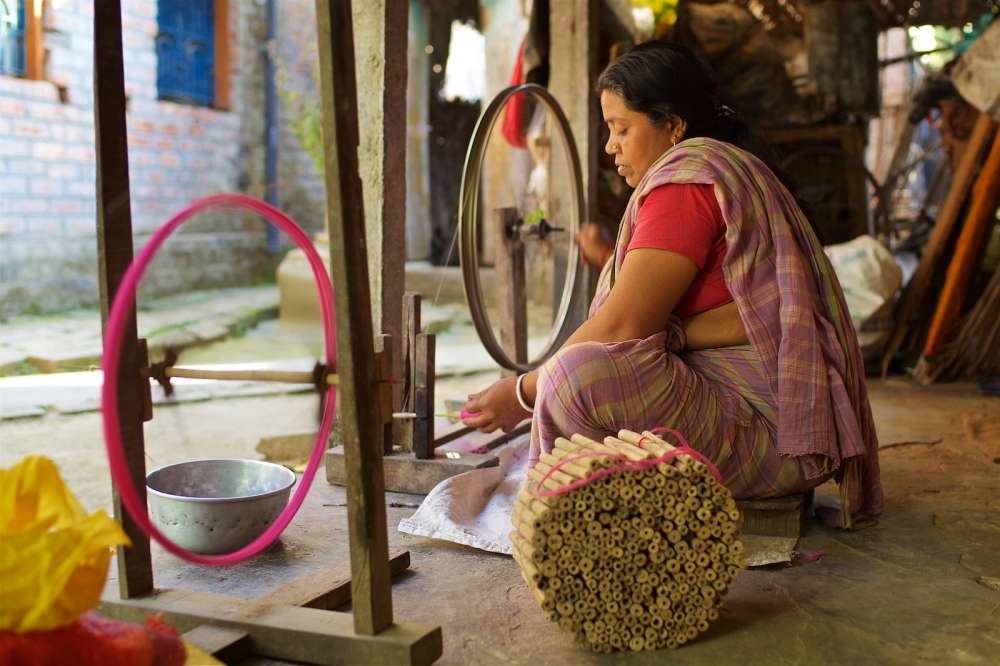Shashwat Parhi

A short train ride north, away from the din and rush of the big city, Calcutta, lies a small village. From morning to night, its still air is filled with the staccato sound of the loom.


These artisans today, are little known outside the world of traditional handicrafts. No holy river flows through this part of the world; no gold-roofed temple welcomes pilgrims on their way to and fro; nor at any point in its short history was this village a trading hub.

Descendant of the iconic Jacquard Loom, the intricate machines sit half above and half below ground level.

The exquisite, handwoven fabrics from this part of Bengal were once so renowned that throughout the Roman Empire they were known as “woven airâ€.

These weavers, mostly immigrants from Bangladesh, represent a long tradition in the famous Dhakkai and Tangail styles of weaving.


The age-old tradition of hand-weaving lives on here, sheltered from modern methods and machinery. Even now, not one single aspect of the process requires electricity.

Although traditionally a male-dominated craft, women share in the making and from an early age, girls here learn how to prepare the yarn.



Weaving here is a cooperative enterprise. Instead of being direct competitors to one another, the villagers, often related by blood or marriage, depend on each other at every stage of the process.

The village is now home to only a few dozen weaving families. The high cost of hand-looms, changing tastes and competition from cheap, mass-produced fabrics, have all taken their toll.


There is something timeless in handmade things, temporal yet ageless. no two elements are ever identical; they are similar but not the same, perfect in their imperfections, a reflection perhaps of what makes us human in the first place.

What is to become of this unique, and priceless, artistic profession?
We are all involved. The choices we make could sustain the livelihood of an entire village system. Only Time will tell…
Yes, Time… the one luxury these villages can ill afford.
